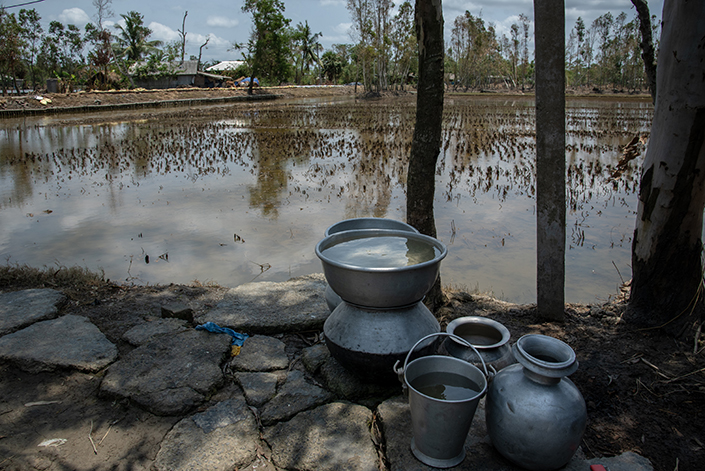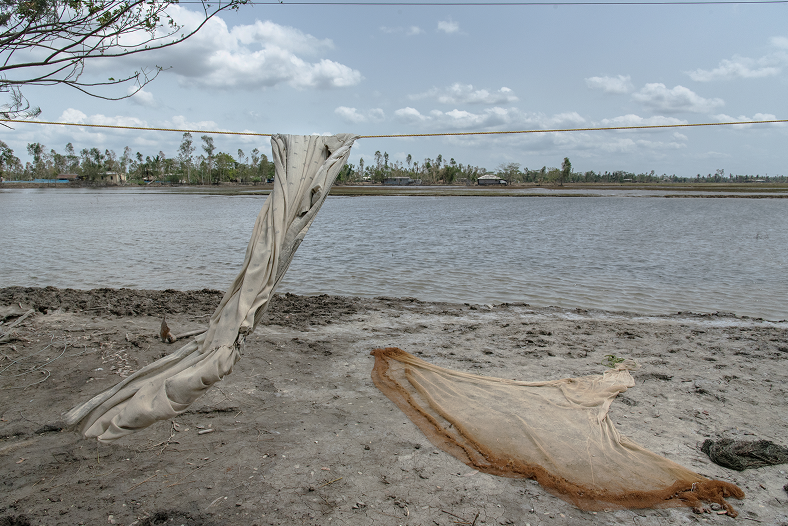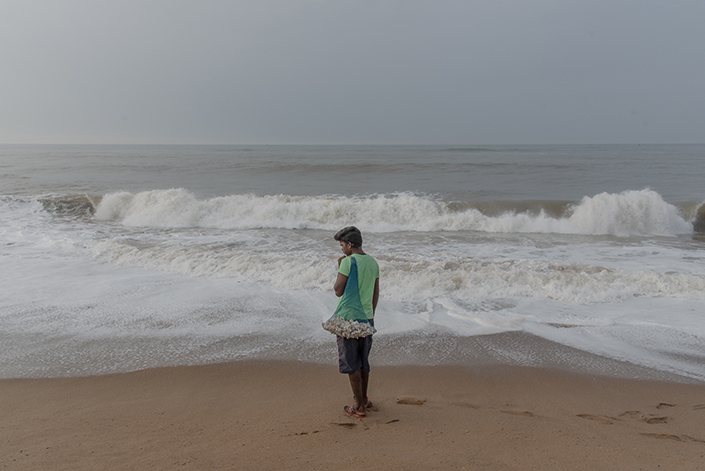
Ranita Roy
Ranita Roy is an independent visual storyteller and National Geographic Explorer from Andul, India, based between Kolkata and Uttarakhand. Her work blends fiction and reality through powerful quasi-documentary narratives focused on the environment, social justice, and mental health. With a Master’s in Environmental Science, she brings a deep understanding of land and community to her storytelling.
Ranita’s work has been featured in The New York Times, Reuters, NPR, and The Guardian. A 2021 Magnum Foundation Photography and Social Justice Fellow, she has exhibited internationally. In 2024, she received The Create Fund from Shutterstock and continues to explore alternative photographic processes through her current project, Whispers of Cosmic Stillness.
About Work
Ranita Roy’s Standing on the Edge documents the lives of coastal communities on India’s East Coast, one of the most cyclone-prone regions in the world. Begun in 2019, the project captures the aftermath of devastating storms, including Cyclone Amphan in 2020, which claimed lives and left widespread destruction in its wake.
Through powerful visual storytelling, Roy highlights the resilience of communities—especially children—who face the realities of climate change daily yet remain rooted in their ancestral lands. Her work reveals how cyclones act both as equalizers and dividers, uniting people in shared loss while exposing systemic inequalities in relief.
The project serves as a poignant reflection on survival, adaptation, and the urgent need for climate preparedness and sustainable futures.

A fisherman is trying to collect fish from a waterlogged farmland for a living after cyclone Amphan. As the whole area in Sundarbans is waterlogged and there is running out of food (2020)

As the cyclone made landfall, coastal and riverine embankments across southern West Bengal disintegrated. The heavy rains during the storm caused flooding across the entire region. The next day, in the Sitalatala Basti, a slum in the Andul town of the Howrah district of southern West Bengal, a woman, bucket in hand, tries to cross a waterlogged alleyway in order to collect drinking water.

Access to safe drinking water became one of the critical concerns in the immediate aftermath of the cyclone. In Uttar Hatgacha, a small locality of Andul town, locals were forced to collect potable water from the sole tube well in the area, located near the Uttar Hatgacha Sporting Club. Adding to their difficulties was the fact that a tree had fallen right on top of the tube well.

A calm landscape with fisherman’s fishing net and clothes after the cyclone Amphan. People left their homes to the cyclone shelter during the cyclone but their belongings are still there…

A young man is standing on the puri beach with a bag full of seashells.
I took this image to show the uncertain future of those people who live in the cyclone-prone area.

